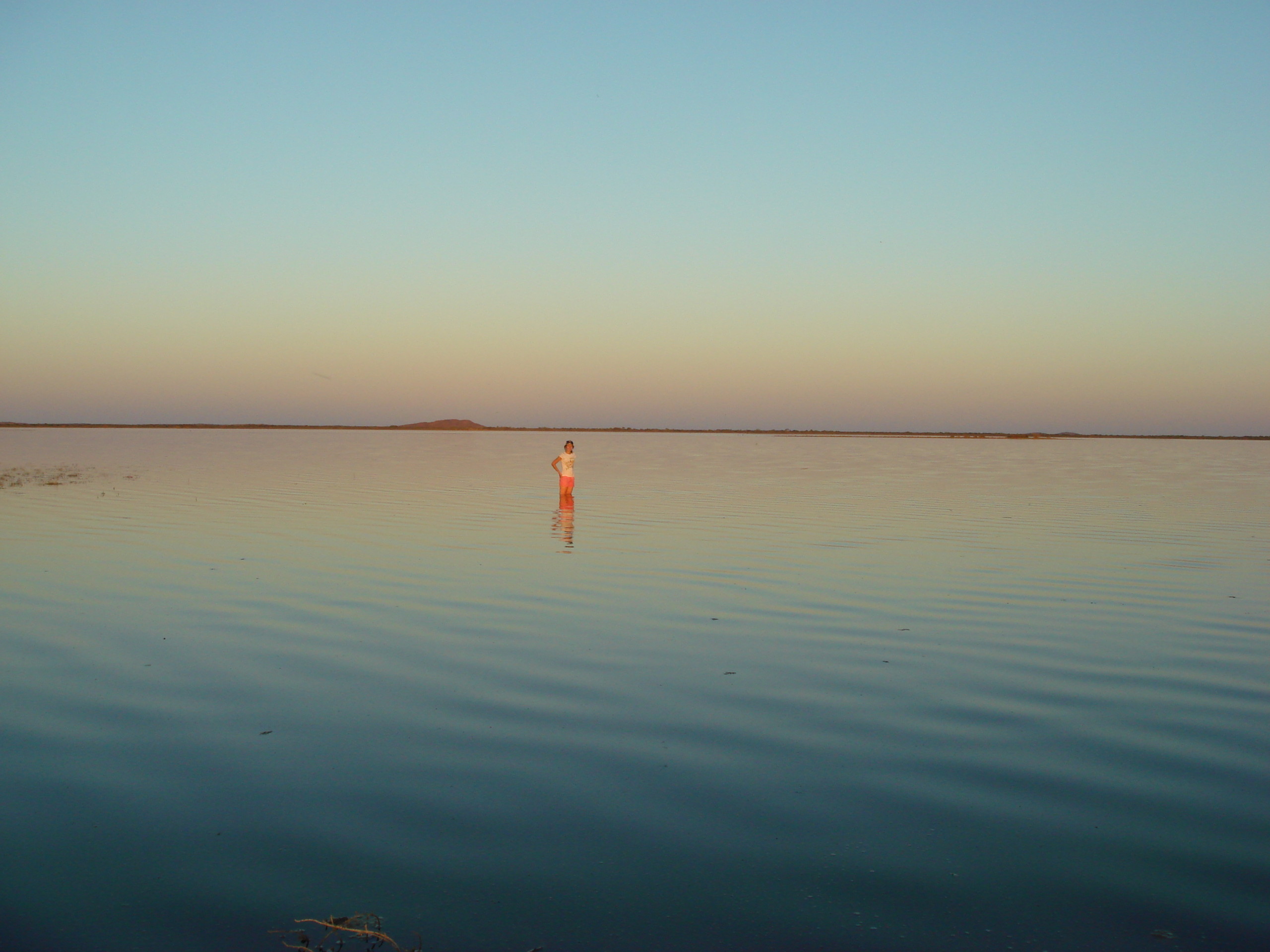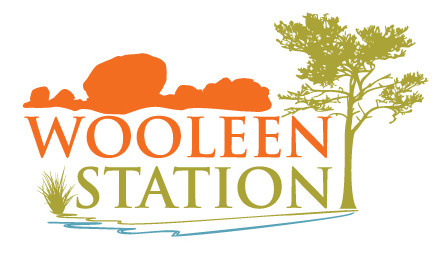When the lake receives water thousands of species emerge from the ground including frogs, turtles, fish, crustaceans and many more.
While they have water these species lay their eggs on the lake bed. Here they lay dormant until the next rains arrive, waiting to hatch.
Then once again when the lake fills it becomes a wealth of life.
Wooleen lake receives water once every 4 years, fills once every 10 years and overfills once every 30 years.
It is in fact, two lakes joined by a neck and is a 5,500 hectares (13,500 acres) land-system.
Created by a fault line, it is a fresh water lake.
The fault is thought to have occurred about 60,000 years ago cutting the Roderick River off from the Murchison River. The water from the Roderick River pooled up against the fault line creating the lake before finding a gap to flow back out to the Murchison River.
It attracts thousands of birds, including key migratory species, when full for nesting. A full list of Wooleen birds can be found here.
Wooleen Lake is listed in the Directory of Important Wetlands in Australia (DIWA) (Environment Australia 2001). It is significant because it provides a habitat for large numbers of waterbirds and a drought refuge for fauna. Its significance means it's part of many migratory bird bilateral agreements and conventions, the Environment Protection and Biodiversity Conservation Act 1999 (EPBC Act), as well as many state Acts including the Aboriginal Heritage Act 1972.
The creation of the lake is also part of a very important song line.
The lake is usually dry. Please enquire if you intend to make a trip especially for the lake.


